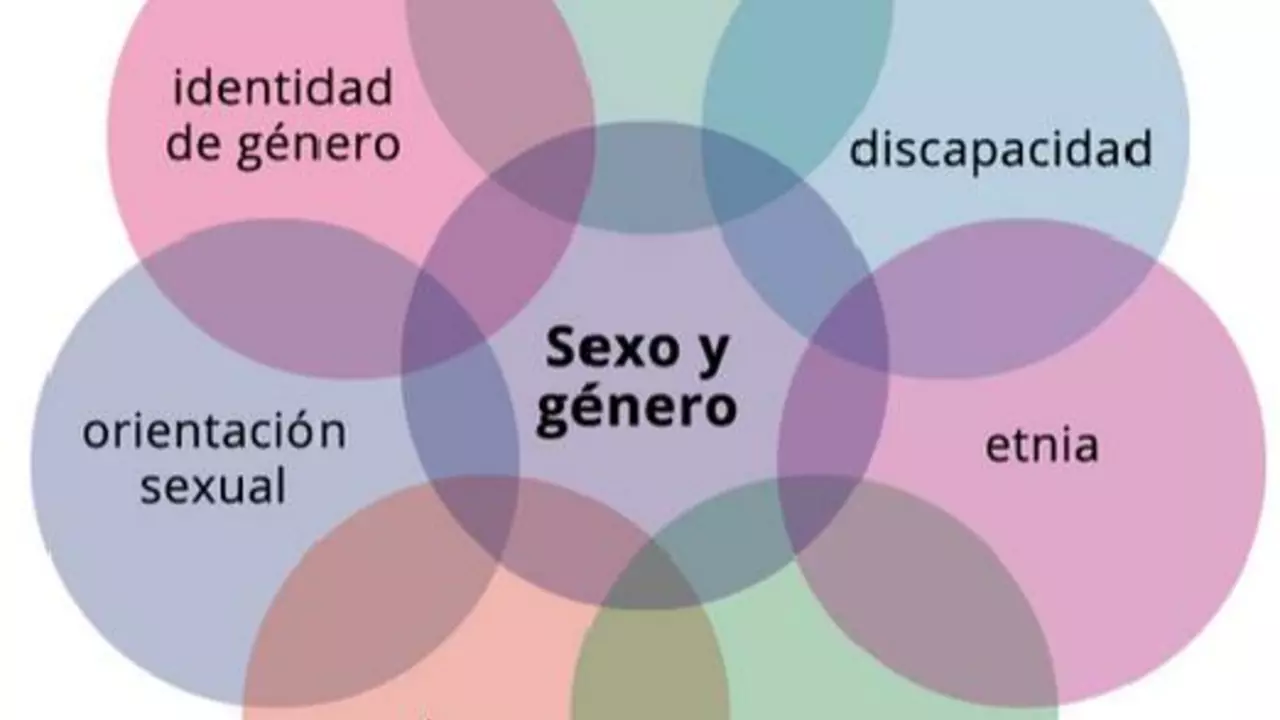Do you think Times of India is sexist?
 Jul, 26 2023
Jul, 26 2023
Understanding Sexism in Media
Sexism is a pervasive issue that permeates various aspects of society, including media. The portrayal of women and men in media can often reflect and reinforce gender stereotypes. In the world of newspapers, this can be seen in the choice of stories covered, the language used, and the images chosen to represent these stories. At times, the media can be unintentionally biased, but the impact is still significant. It's important to understand the role media plays in shaping societal views, attitudes, and perceptions.
A Brief Overview of Times of India
The Times of India (TOI) is one of the most widely read English newspapers in India, and therefore, has a massive influence on the general population. Its coverage of news, opinions, and features has the potential to shape public opinion. However, it has been criticized for various reasons, one of which is sexism. As responsible consumers of media, we need to scrutinize and understand these criticisms to form a balanced opinion.
Sexist Advertisement Controversies
TOI has faced criticism for its advertisements that have been labelled as sexist. One such example was an ad campaign for their newspaper subscription, which used women in suggestive poses and skimpy clothing. The campaign faced backlash for objectifying women and using them merely as props to attract attention. The portrayal of women in such a manner not only reinforces harmful stereotypes but also contributes to the normalization of the objectification of women.
Disparity in News Coverage
Another point of criticism is the disparity in the coverage of news involving men and women. Women's issues often get less coverage compared to men's issues. This disparity in news coverage can contribute to the perpetuation of sexist attitudes in society. The media has a responsibility to provide balanced coverage of news and issues, regardless of gender. By not doing so, it fails in its duty to the public.
The Representation of Women
The representation of women in TOI has also drawn criticism. The portrayal of women in the news is often in relation to men, either as their wives, daughters, or mothers, rather than as individuals in their own right. This reduces women to their relationships with men and fails to recognize their individual achievements and contributions. Such representation can reinforce the perception of women as secondary to men.
Sexist Language
The language used in reportage can also be indicative of underlying sexism. The use of sexist language, even if unintentional, can perpetuate stereotypes and bias. It's not uncommon to find articles in TOI using language that is derogatory or belittling towards women. This contributes to a culture of sexism and is detrimental to the fight for gender equality.
Publishing Sexist Opinions
TOI has been criticized for publishing opinions that are sexist in nature. By providing a platform for such views, it indirectly endorses them. This is harmful as it can legitimize sexist attitudes and behavior. The media has a social responsibility to challenge and combat sexism, not perpetuate it.
The Impact of Sexism in Media
Sexism in media has far-reaching consequences. It not only reinforces harmful stereotypes and attitudes but also shapes how society views women and men. It influences our perception of gender roles and expectations, and can limit opportunities for women. It's essential to call out and challenge sexism in media to ensure that it reflects and promotes equality.
Final Thoughts
In conclusion, while it cannot be definitively stated that the Times of India is entirely sexist, it has certainly been implicated in instances of sexism. As consumers of media, it's important to be aware of these issues and to critically evaluate the media we consume. Only by doing so can we hope to effect change and move towards a more equal and just society.